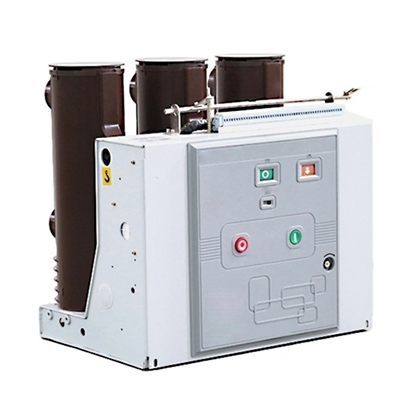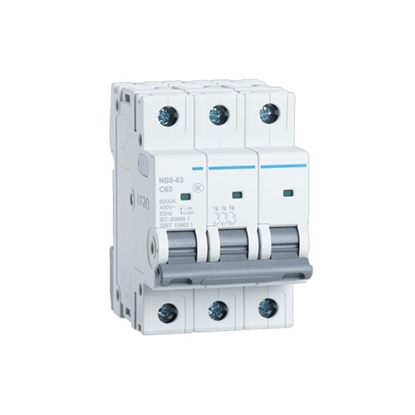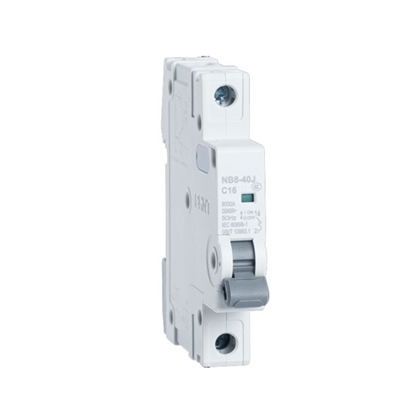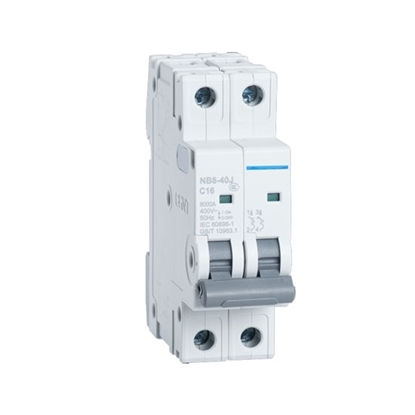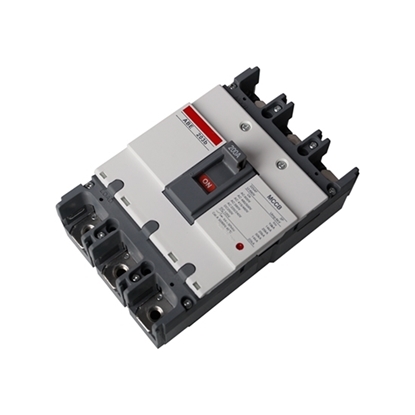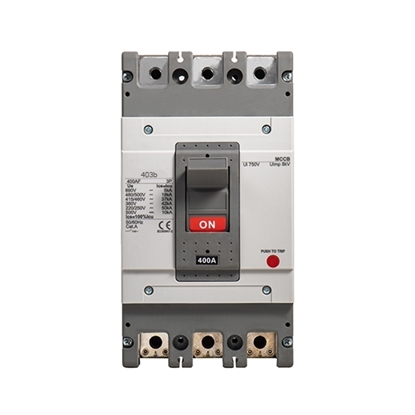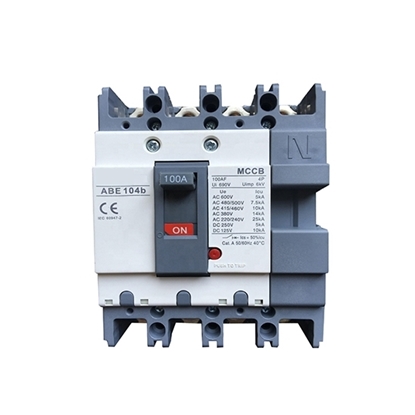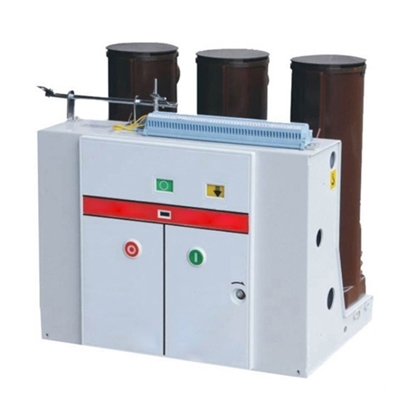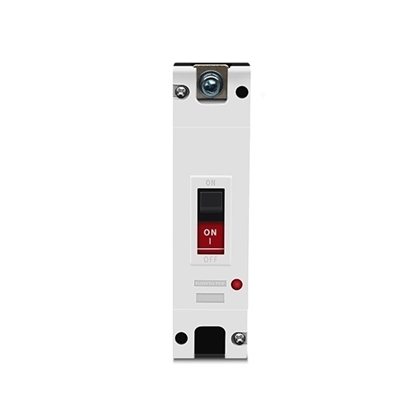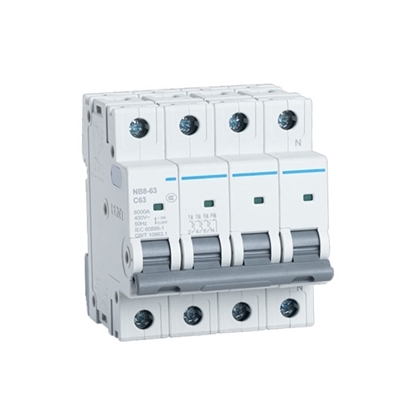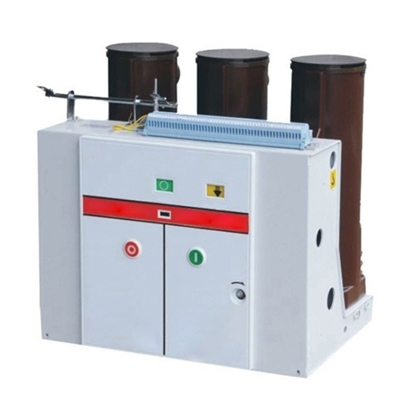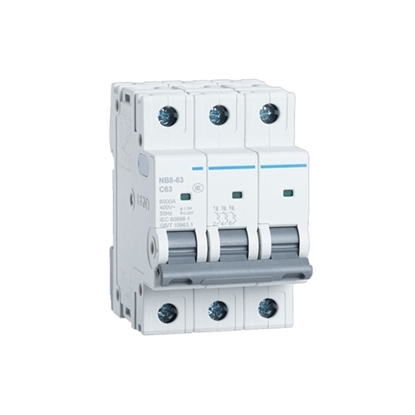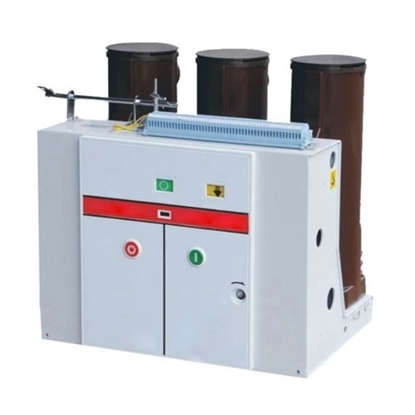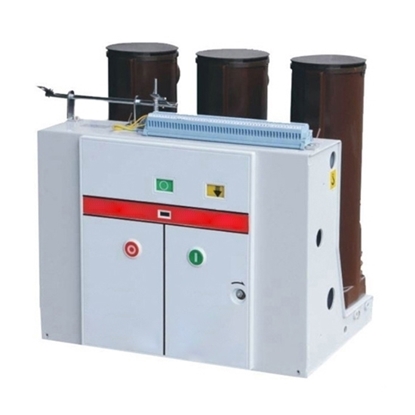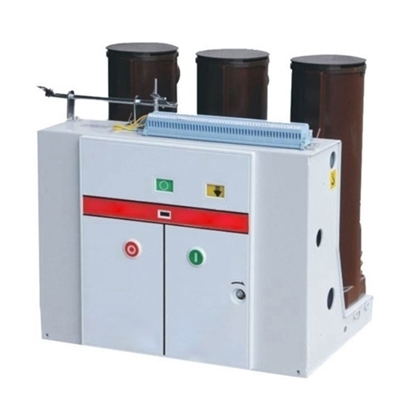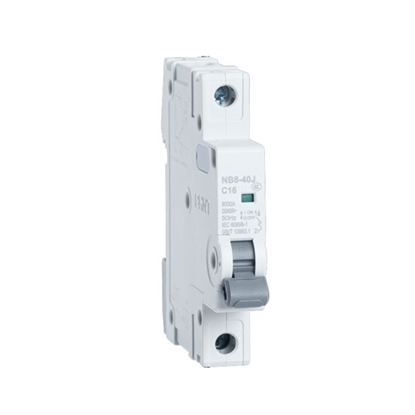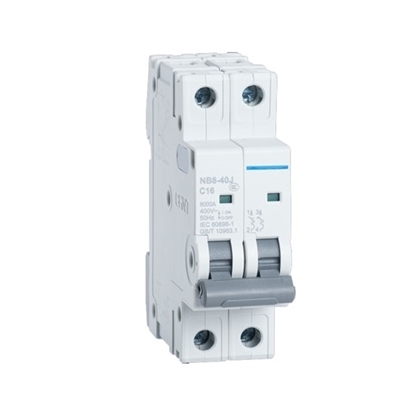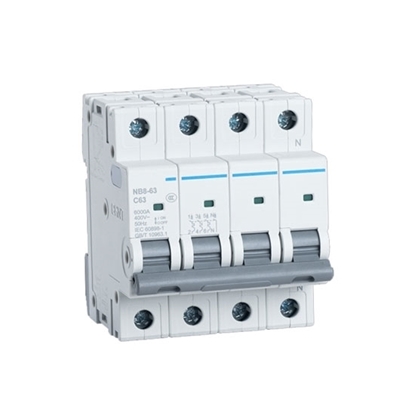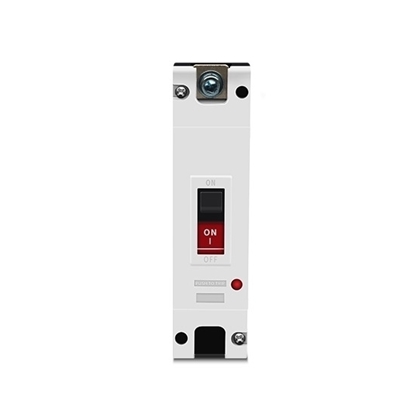Circuit Breakers
12kV Vacuum Circuit Breaker, 50Hz, 630A
13 amp 3 pole Miniature Circuit Breaker
3 amp 1 pole Miniature Circuit Breaker
3 amp 2 pole Miniature Circuit Breaker
3 Pole Molded Case Circuit Breaker, 100A/ 150A/ 200A/ 250A
3 Pole Molded Case Circuit Breaker, 250A/ 300A/ 350A/ 400A
4 Pole Molded Case Circuit Breaker, 50A/ 60A/ 75A/ 100A
11kV Vacuum Circuit Breaker
125A DC Circuit Breaker, 1/2/3/4 Pole
13 amp 4 pole Miniature Circuit Breaker
15kV Vacuum Circuit Breaker
16 amp 3 pole Miniature Circuit Breaker
25kV Vacuum Circuit Breaker
33kV Vacuum Circuit Breaker
35kV Vacuum Circuit Breaker
4 amp 1 pole Miniature Circuit Breaker
4 amp 2 pole Miniature Circuit Breaker
16 amp 4 pole Miniature Circuit Breaker
160A DC Circuit Breaker, 1/2/3/4 Pole
20 amp 3 pole Miniature Circuit Breaker
A circuit breaker is an electrical switch designed to protect an electrical circuit from damage caused by overcurrent/overload or short circuits. Its basic function is to interrupt current flow after protective relays detect a fault. The circuit breaker is an electrical safety device, a switch that automatically interrupts the current of an overloaded electric circuit, ground faults, or short circuits. Circuit breakers "trip", shut off, and current flow after protective relays detect a fault.
ATO.com offers four types of vacuum circuit breakers, molded case circuit breakers, miniature circuit breakers and DC circuit breakers:
- The miniature circuit breakers are 35mm DIN rail mounted and module width of only 18mm per pole. They are manufactured in 1, 2, 3, and 4 pole versions of different currents from 1A to 63A.
- Various vacuum circuit breakers with 11kV, 12kV, 15kV, 25kV, 33kV, 35kV, 40kV rated voltage are provided. The rated current of the VCB vacuum circuit breaker is 630A, 1250A, 2000A, 2500A, 3150A.
- MCCB breaker has 2 pole, 3 pole, 4 pole for selection, and wide range rated currents from 20A to 400A are available.
- DC circuit breakers have 63A /80A/100A/125A rated current for selection. 1 pole, 2 poles, 3 poles and 4 poles can be selected.
What are circuit breakers?
A circuit breaker is a switching device that can close, carry and break current under normal circuit conditions and can close, carry and break current under abnormal circuit conditions within a specified time. Circuit breakers are divided into high-voltage circuit breakers and low-voltage circuit breakers according to their scope of use. The division of high and low voltage boundaries is relatively vague. Generally, those above 3kV are called high-voltage electrical appliances.
Circuit breakers can be used to distribute electric energy, start asynchronous motors infrequently, protect power lines and motors, and automatically cut off the circuit when they are severely overloaded, short-circuited, or under-voltage. Its function is equivalent to a fuse-type switch. Combination with overheating and underheating relays, etc. Moreover, there is generally no need to change parts after breaking the fault current.
Circuit breaker advantages
After it breaks for fault, it can be reset manually, instead of changing the component, unless it needs to be repaired after cutting off the large short circuit current.
It has two segments of protective functions, i.e. the long-time delay release with inverse-time characteristics and instantaneous current release, which are used as overload and short-circuit protections respectively.
Many breakers have intelligent characteristics. Besides protection, they also have functions like electric quantity measurement, fault recording and communication interface to realize centralized monitoring and management of distribution devices and systems.
Filter by:
Clear All
